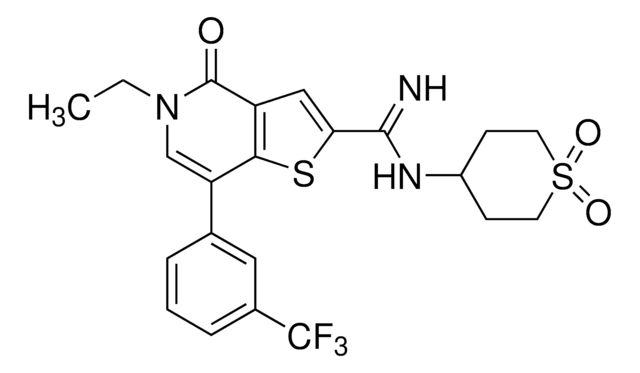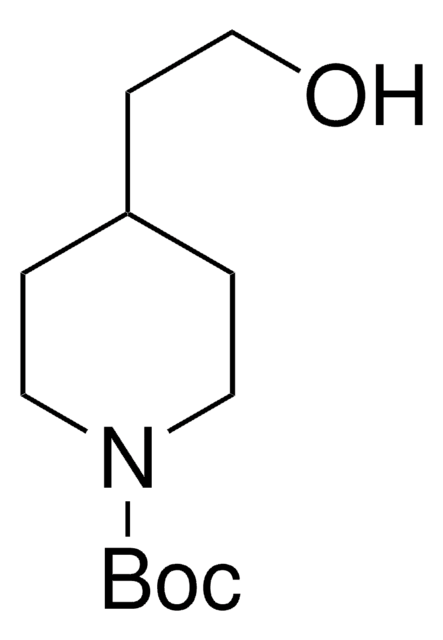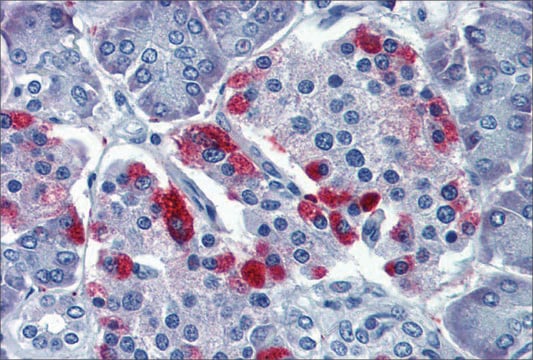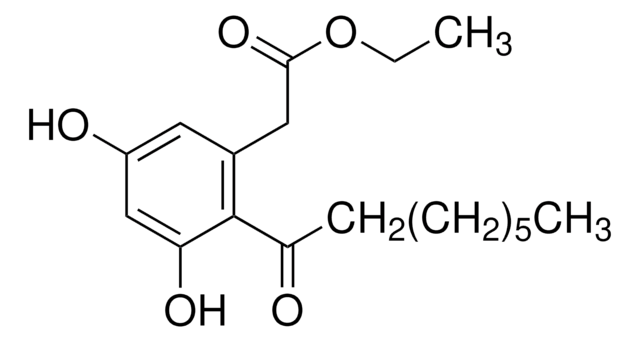Kluczowe dokumenty
SML0939
PFI-3
≥98% (HPLC)
Synonim(y):
(E)-1-(2-Hydroxyphenyl)-3-((1R,4R)-5-(pyridin-2-yl)-2,5-diazabicyclo[2.2.1]heptan-2-yl)prop-2-en-1-one
Wybierz wielkość
529,00 zł
Wybierz wielkość
About This Item
529,00 zł
Polecane produkty
Poziom jakości
Próba
≥98% (HPLC)
Formularz
powder
kolor
yellow to orange
rozpuszczalność
DMSO: 10 mg/mL, clear
temp. przechowywania
2-8°C
ciąg SMILES
OC1=C(C(/C=C/N2[C@H](C3)CN(C4=NC=CC=C4)[C@H]3C2)=O)C=CC=C1
InChI
1S/C19H19N3O2/c23-17-6-2-1-5-16(17)18(24)8-10-21-12-15-11-14(21)13-22(15)19-7-3-4-9-20-19/h1-10,14-15,23H,11-13H2/b10-8+/t14-,15-/m1/s1
Klucz InChI
INAICWLVUAKEPB-QSTFCLMHSA-N
Działania biochem./fizjol.
To learn about other SGC chemical probes for epigenetic targets, visit sigma.com/sgc
Cechy i korzyści
produkt powiązany
Kod klasy składowania
11 - Combustible Solids
Klasa zagrożenia wodnego (WGK)
WGK 3
Temperatura zapłonu (°F)
Not applicable
Temperatura zapłonu (°C)
Not applicable
Wybierz jedną z najnowszych wersji:
Certyfikaty analizy (CoA)
Nie widzisz odpowiedniej wersji?
Jeśli potrzebujesz konkretnej wersji, możesz wyszukać konkretny certyfikat według numeru partii lub serii.
Masz już ten produkt?
Dokumenty związane z niedawno zakupionymi produktami zostały zamieszczone w Bibliotece dokumentów.
Klienci oglądali również te produkty
Produkty
We offer a variety of small molecule research tools, such as transcription factor modulators, inhibitors of chromatin modifying enzymes, and agonists/antagonists for target identification and validation in gene regulation research; a selection of these research tools is shown below.
Active Filters
Nasz zespół naukowców ma doświadczenie we wszystkich obszarach badań, w tym w naukach przyrodniczych, materiałoznawstwie, syntezie chemicznej, chromatografii, analityce i wielu innych dziedzinach.
Skontaktuj się z zespołem ds. pomocy technicznej











